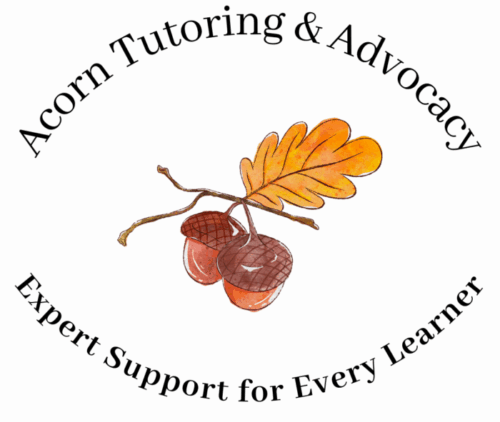As a teacher, parent, and lifelong lover of reading, there are two key philosophies I live by. The first is that all reading is good reading, and the second is that everyone can learn to love reading.
Reading skills continuously build throughout your life. Reading frequently results in stronger decoding, comprehension, and vocabulary acquisition skills. Basically, the more you read, the better you get!
Unfortunately, struggling readers often resist reading, which makes them fall further behind their peers. With minimal opportunities to practice their skills, as well as a lack of buy-in, these readers end up in a cycle of frustration.
So how do we turn reluctant readers into motivated readers? By helping them build their skills using material they love.
I honestly believe that no one actually hates reading -but there are many reasons why people feel like they do. It could be because reading is challenging for them. And for these readers, there are an infinite number of strategies we can use to help them build their skills and confidence.
We can also provide accommodations to help them access reading in a way that works for them. Audiobooks are an empowering resource for struggling readers. They can listen to their books, following along on the page, and build their comprehension skills without the burden of decoding.
There are special fonts for dyslexic readers and e-readers that make enlarging font easy. Sometimes, even something as simple as using a pencil to keep track of your place on the page can make a world of difference.
But for readers who don’t struggle to focus, decode, or comprehend, I think the answer is simpler -they haven’t found material they enjoy.
Most kids enjoy reading when they’re young because the books they read both in school and at home are fun. They read about topics they love, and children’s books are designed to be engaging. Plus, they love showing off their new skills.
But as students get older, reading tends to be seen more as a burden than a fun activity. They read dense texts in school, come home with chapters of novels and textbooks to read for homework each night, and struggle to balance that homework with after school commitments and their social lives.
They’re exhausted, and it feels much easier to scroll through social media than to pick up a book. And yet the escape of a good book would likely make them much happier than endless scrolling.
So how do we motivate these tired, frustrated, overwhelmed students to start reading for fun again? Help your child find material they love!
Audiobooks are a fantastic resource for all readers, not just those struggling to decode. They build readers’ vocabulary, receptive language, and comprehension skills. Plus, who doesn’t want someone to read them a story?
Personally, I love listening to memoirs. Listening to the author share their life story in their own words and voice makes me more engaged than reading the book ever would. And I love to read, so that’s really saying something!
Graphic novels and comic books are a great way to engage reluctant readers. Visualizing is such an important part of reading comprehension, and graphic novels make it easier for readers to picture the events they’re reading about.
Many classic books are now being released in graphic novel form, such as 1984 and The Iliad. Series from my childhood like The Baby-Sitters Club and The Magic Treehouse are being remade into graphic novels as well, and I’m so excited to share them with my own children in a few years!
And there are so many great graphic novels for readers of all ages. Diary of a Wimpy Kid will crack up adults and children alike. Books like March, Maus, and Persepolis will help readers connect with history and build their empathy.
Comic books are a treasure trove of reading material as well. If your child loves superheroes or action movies, chances are they will be captivated by the complex and rich world of comic books.
Magazines are another option for reluctant readers. The articles are quick, designed to capture the reader’s attention, and full of visuals. Readers can jump around to topics and stories that interest them without being bogged down by what they consider boring.
There are magazines for every possible interest area or hobby. Whether your child loves animals, cars, cooking, movies, holidays, or sports, there is a magazine out there for them!
If your child’s favorite movie or TV show is based on a book, encourage them to read the source material. Most movies and TV shows pale in comparison to the books they are based on.
Reading the book can lead to rich discussions comparing and contrasting the adaptations. Your child will likely gain a much deeper understanding of the characters they love. They could even discover a new genre they can’t get enough of.
Modern adaptations of classics are captivating as well. If you have a Disney fan at home, consider reading a retelling of their favorite fairy tale. I love Beauty and the Beast, and I recently read (and couldn’t put down) Brigid Kemmerer’s A Curse So Dark and Lonely. Younger readers who enjoy Cinderella would love Ella Enchanted.
Other classic works by authors like Shakespeare, Jane Austen, and Homer have been adapted into fun, fascinating books that are impossible to put down. Rick Riordan’s Percy Jackson and the Olympians series brings Greek mythology to life for middle grade readers.
If you need more suggestions for your reluctant reader, don’t hesitate to reach out! Or sign up for one of my book clubs!
Happy reading!

